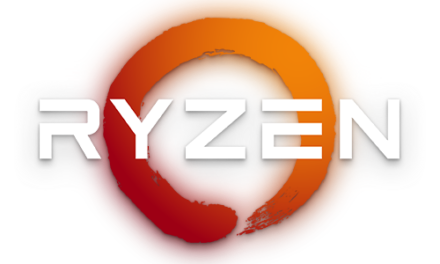
Processor forecasts for the end of 2007
We already talked about AMD’s plans for next year yesterday, it’s time to compare it with Intel’s forecasts.
Let’s take a look again at what we can expect from AMD in roughly a year! The processor, codenamed Altair, will be built at 65 nanometers with SOI technology. Its clock speed is likely to start at 2,70 to 2,90 GHz, and its second-level cache will be 512 kB per core, which means 2 MB of second-level cache after a quick head count. The second-level cache will be followed by a third-level cache, which means another 2 MB of memory, which will be shared by the four cores. Interestingly, thanks to the 65-nanometer bandwidth and SOI technology, the TDP stops at 125 watts. Perhaps naturally, it will support HyperTransport version 3.0, which will speed up to 4 GHz, or double that of Hyper-Transport 2.0.
Intel marks Altair's opponent as a processor still codenamed Yorkfield. Yorkfield arrives at 45 nanometers, building on Penry’s core architecture. It is not only in terms of manufacturing technology that differs from the rival, as it will receive 2 × 2 MB of L2 cache (for Extreme Edition) as opposed to AMD's 3 MB L2 + 6 MB L3,46 cache. The clock will start at 3,74 to 5 GHz. We also mentioned TDP at AMD, we do it here too. Intel’s processor heats up 130 watts more than AMD’s solution, which boasts a 4-watt TDP. As a novelty, in addition to the processor, a new word image, PNI (Penryn New Instructions), will also appear. The PNI covers a new instruction extension that contains 50 new instructions compared to SSE3. Under Yorkfield XE, the Bearlake-X chipset will work, supporting DDR1333 2.0, PCI Express 9 and including ICHXNUMXx.
As you can see, AMD is facing a serious opponent in the person of Yorkfield. It looks like Intel won’t let go of the pressure on rivals next year. Of course, it’s still unpredictable whether Intel will forge enough advantages over the AMD K8L architecture, the three-tier cache, with lower bandwidth and higher clock speeds. What we can safely say is that we are looking forward to an interesting year on the CPU front.













